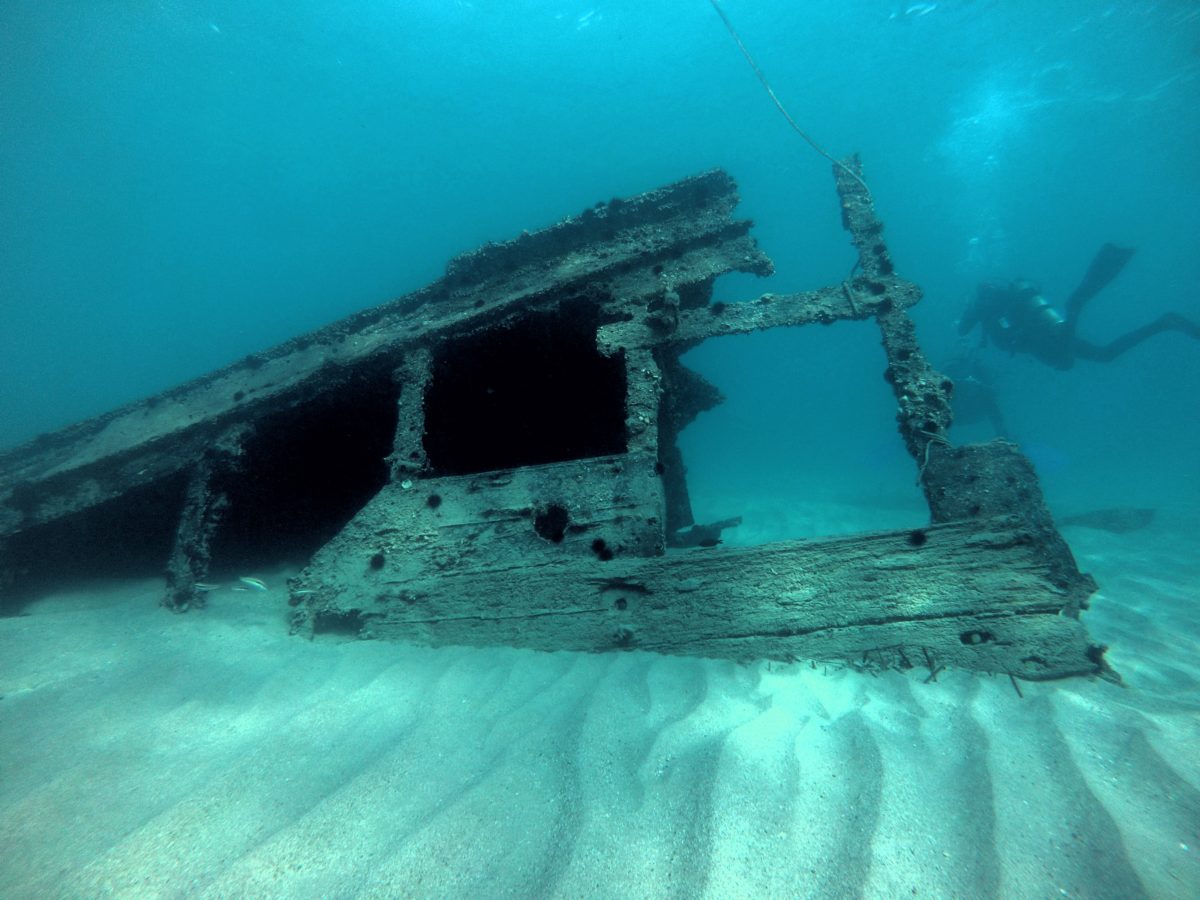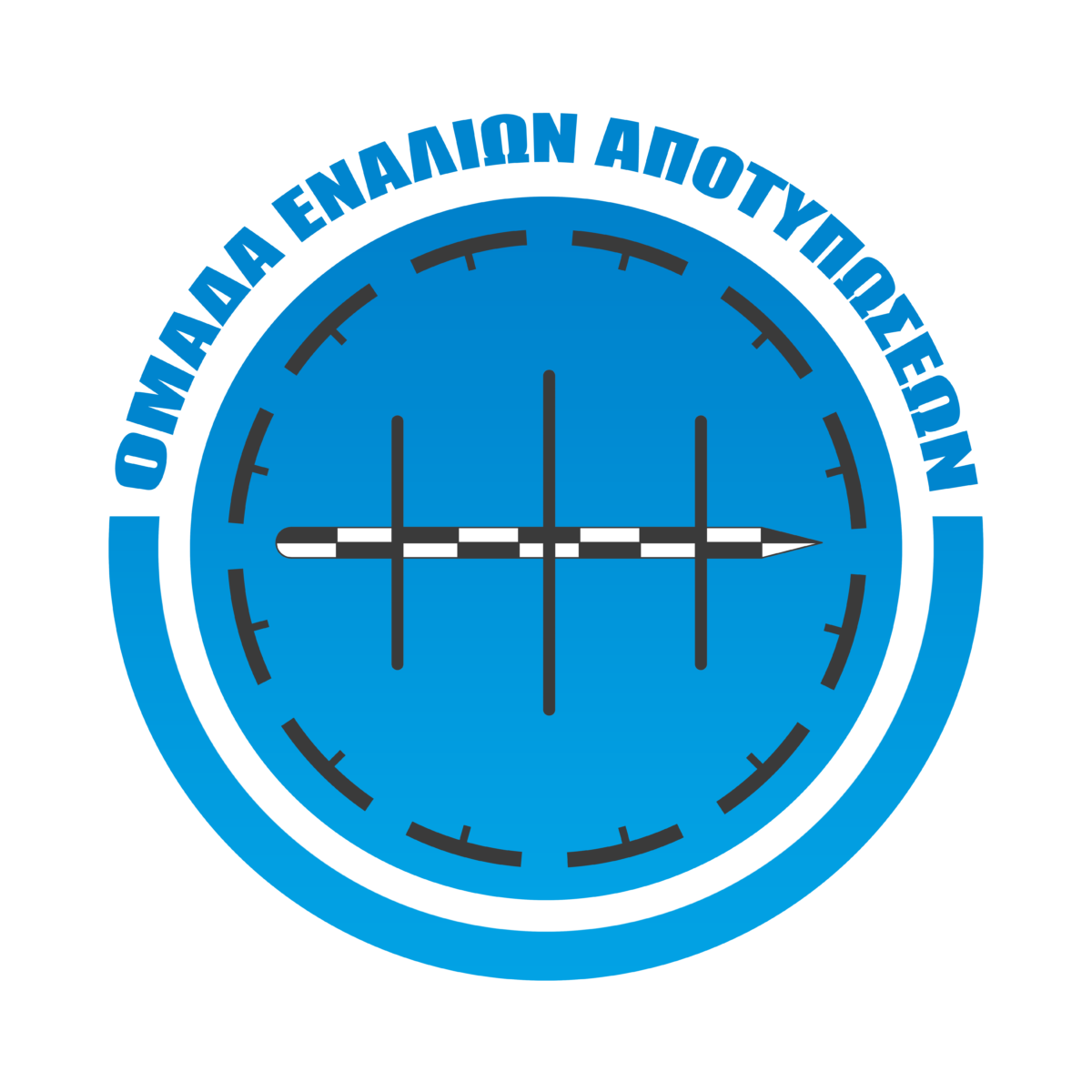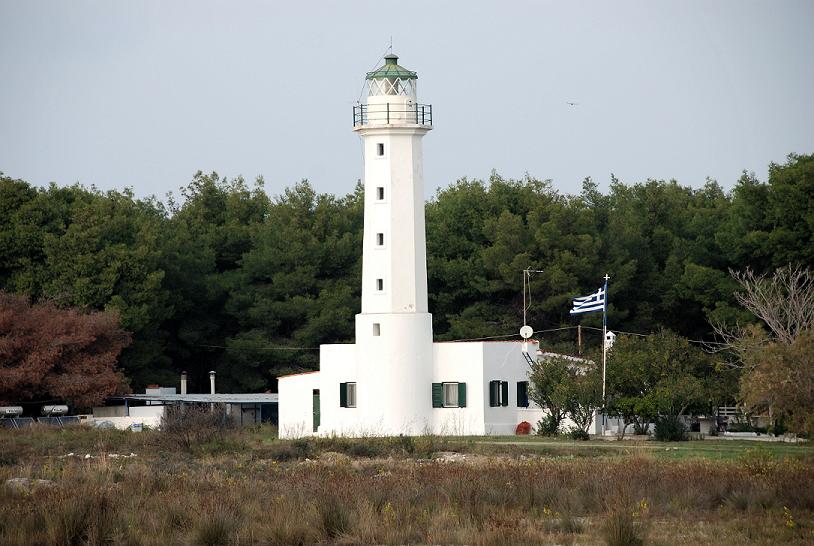On the sandy western cape of the Kassandra peninsula, Chalkidiki (in the area of ancient Mendi) lies the sanctuary of the sea god, Poseidon. Marking the beginning of the Aegean Sea, it is the oldest sanctuary in Macedonia and one of the earliest in Greece. Worship of Poseidon dates back to the 11th century BC, as indicated by the foundation of the oldest cult building discovered in the area, and was practiced for around a millennium until the 2nd century BC Hellenistic era, when the last repairs to the building seem to have been made (http://odysseus.culture.gr).
In the spring of 1960, the cargo ship “ALEXANDROS” struck the southern coast of Kassandra Point (also known as Cape Posidion) due to poor visibility. It had arrived in Greek seas at the beginning of the last century, shortly after being built. It survived both World Wars, and even the process of being scrapped, but finally came to grief at Posidi, just a few miles from where it had began service 91 years earlier. It is worth noting that the ship was built around the same time as the nearby lighthouse of Kalandra, which, if it had not been for the adverse conditions, could have otherwise saved it.

Today, the shipwreck can be accessed via the main road to the Kalandra University AUTH Summer Camp. After passing the archaeological site of the Sanctuary of Poseidon, the road leads to a beach. A sign warns of strong local sea currents. A 100 metre swim to the south reveals the remains of the ship at shallow depths. Even from the surface, one can discern the sides of the stern and the starboard part of its bow.
The distance between the two main pieces of the wreck indicates the size of the ship, while their relative position implies that most of the wreck is buried beneath the shifting sand. Depending on the currents, different parts of the wreck are revealed or hidden at any one time.
[*] Ross J. Robertson is an Australian who has lived in Greece for the past thirty years. He has a BSc (Biology) and is an EFL teacher. He is the co-owner of two private English Language Schools and instructs students studying for Michigan and Cambridge University English Language examinations. He has written various English Language Teaching books for the Hellenic American Union (Greece), Longman-Pearson (UK) and Macmillan Education (UK). He published his debut novel (fiction/humour) entitled ‘Spiked! Read Responsibly’ in 2016. Moreover, he has written several spec screenplays and a number of newspaper articles, including an extensive series on the 75th anniversary of the WWII Liberation of Greece. A keen AOW and Nitrox diver, he is also a shipwreck and research enthusiast and has written features for UK Diver Magazine, US Diver and the Australian newspaper, Neos Kosmos. Ross continues to combine his expertise in English with his love of storytelling and local WWII history to produce exciting materials.


